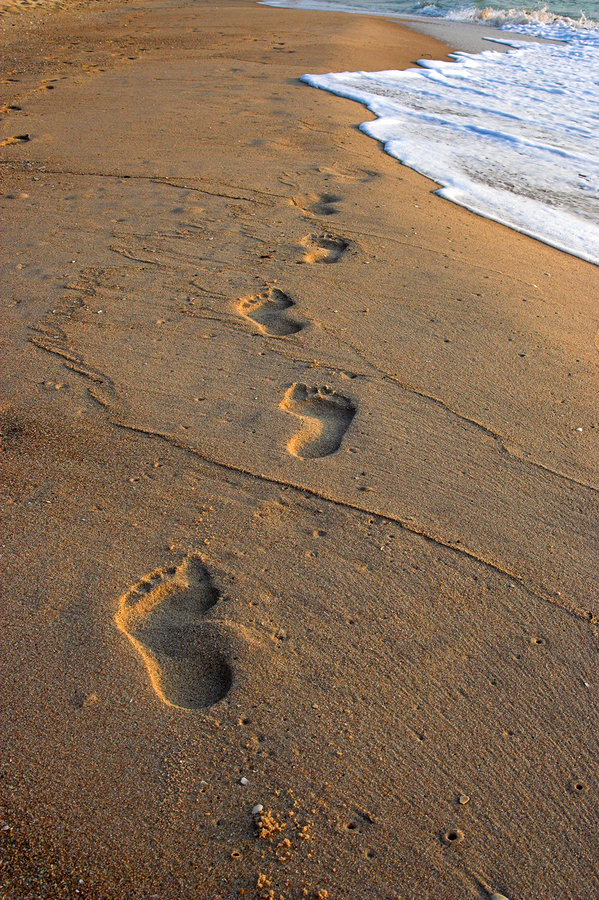If you are the one in 13 people who have a flexible foot that bends in the middle– what we professionals call a “midtarsal break”– then according to physical anthropologist Dr. Jeremy DeSilva, you have something in common with a 2 million-year-old fossil human relative, Australopithecus. You see these 2 million-year-old human relatives had a very flexible foot. Today when most other primates lift their heels off the ground they have a floppy foot with virtually nothing holding the bones together. Most humans, though, have a foot held together with strong ligaments and an arch which provides both shock absorption and acts like a natural spring which lets us walk with fantastic efficiency.
The study which was published in the American Journal of Physical Anthropology was based on studying the feet of 398 visitors to the Boston Museum of science. Dr.DeSilva from Boston University had the museum visitors walk barefoot and he observed how they walked using a mechanized carpet which was able to analyze several components of their feet. Dr. DeSilva also noted that the best way to see for yourself if you have an unusually flexible foot is to walk on the beach and look at your foot prints. If you can see the middle portion of your foot print then your foot is actually “folding” in the middle of your foot. I think the word folding is actually not the best word. Much better word would be that the arch is collapsing too much. If one in 13 people have a foot where the arch is so flexible that it is hitting the ground, then that means that approximately 915 million people in the world have flexible flat feet. If you add the people that have only moderately flat feet then you are probably talking about the majority of the human population!
The purpose of the study of the museum visitors’ feet was to help anthropologists interpret primate fossils. They wanted to understand the normal variation among present-day humans before they try to understand the fossil record. What they didn’t say in the article is that flexible flat feet are not efficient for long distance walking but they may be useful for climbing and other activities. By coincidence, I was taught in school that close to 1 billion people in the world have never worn shoes. Some of those people use their feet to hold objects they are working on with their hands. A flexible foot for them could be a distinct advantage.
But if you have to walk or stand a lot during the day a floppy flat foot is a problem. This kind of foot is inefficient for walking and it often feels like it is 2 million years old! Fortunately, podiatrists know the biomechanics to balance your feet and put the spring back in your arch. I use my own modifications for people with flexible flat feet and this is one of the most satisfying things in my practice. Just imagine trading in 2 million-year-BC foot for a new foot!